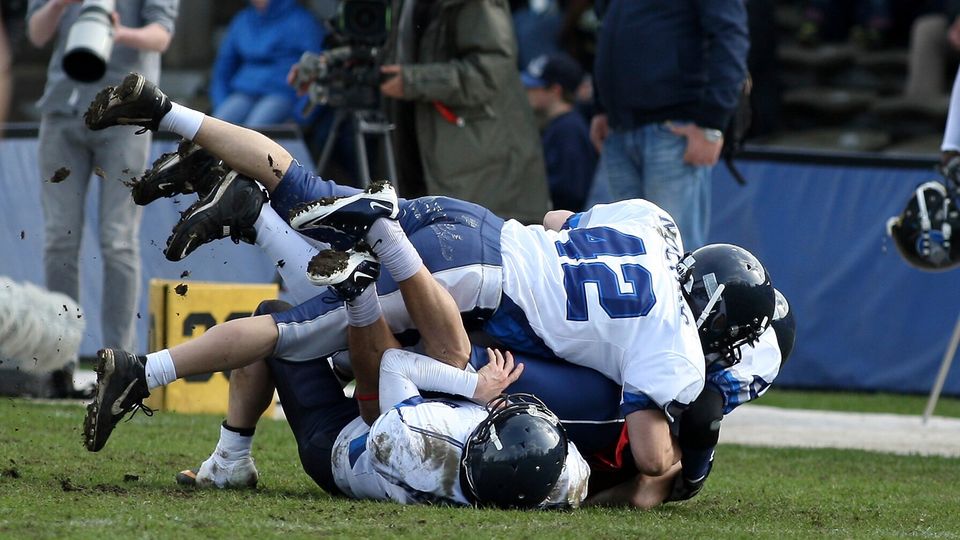column
The 10th NFL game day
The Patriots are sliding deeper into the crisis in Frankfurt – NFL relies on Germany
Had more negatives than positives to note: Head coach Bill Belichick at his New England Patriots’ Frankfurt game
© Alex Grimm/Getty Images
The last game of the NFL’s International Series took place yesterday in Frankfurt. What was supposed to be an unforgettable home game in Germany for the New England Patriots and the entire fan base ended with a disappointed Bill Belichick and a visibly dejected Mac Jones.
By Mona Stevens and Anja Driver
The six-time Super Bowl winner is sliding further and further into crisis. Even in front of a sold-out stadium in Frankfurt, the New England Patriots couldn’t find a way to turn the tide. Must be Bill Belichick, the most successful head coach in the world NFL-History, now worried about your job? And things aren’t looking good for Mac Jones either. The Patriots’ quarterback has to take it again and again, gets little support from his O-line and his receiving squat and, on top of that, makes fatal wrong decisions, so that Belichick put him on the bench before the end of the game. It is questionable whether he will continue to be a starter for New England.
However, one thing is certain: things will continue for the NFL in Germany in the coming years. Fans can look forward to a game in Munich in 2024 and again in 2025 Frankfurt. League boss Rodger Goodell has already emphasized that he wants to further expand the cooperation with Germany.
The NFL’s group division creates extra excitement
The complex league system of the NFL differs significantly from the systems of German leagues: The league, which consists of 32 teams, is divided into two sub-leagues, each comprising 16 clubs: the AFC (American Football Conference) and the NFC (National Football Conference). At the end of a season, one representative each from the AFC and the NFC will be in the Superbowl. The two lower leagues themselves are divided into four “divisions”, within which four teams play for the first place in the group. In short, the NFL is made up of eight small groups with four teams each. The top teams in each group receive a ticket for the playoffs. In addition, the three teams from the AFC or NFC that have won the most games without ending up as group winners can advance to a round.
Something unprecedented could happen this season: all teams in a division qualify for the playoffs. Currently, the Baltimore Ravens, the Cleveland Browns, the Pittsburgh Steelers and the Cincinatti Bengals (all four teams play in the AFC North) have won more games than they lost this season and are therefore still in the race for the finals.
AFC North could provide NFL premiere
Yesterday the Steelers won 23 to 19 against the Green Bay Packers, while the Bengals had to admit defeat to the Houston Texans 27:30 in the last second for their once again strong quarterback CJ Stroud. The most exciting battle, however, was between the Ravens and the Browns, who competed against each other in a direct duel. Baltimore clearly got off to a better start: On the second play of the game, safety Kyle Hamilton intercepted a pass from Browns quarterback Deshaun Watson and carried it into the end zone for a 6-0 lead, before rookie running back Keaton Mitchell made it 13 with his first touch of the ball: 0 increased. However, the Browns didn’t give up and were able to cut the score to 30:31 with a double strike in the fourth quarter before a field goal in the last second of the game ensured a surprise win for the Browns.
This confirmed what the first look at the AFC North suggested: There is no bad team and no clear favorite in this group. And that is exactly where the big advantage of the league system in the NFL lies: The division into small groups ensures, on the one hand, strong rivalries and derbies with a decades-long history and, on the other hand, exciting long-distance duels for the best record across the various divisions, without reaching the Making playoffs too dependent on group classification.



